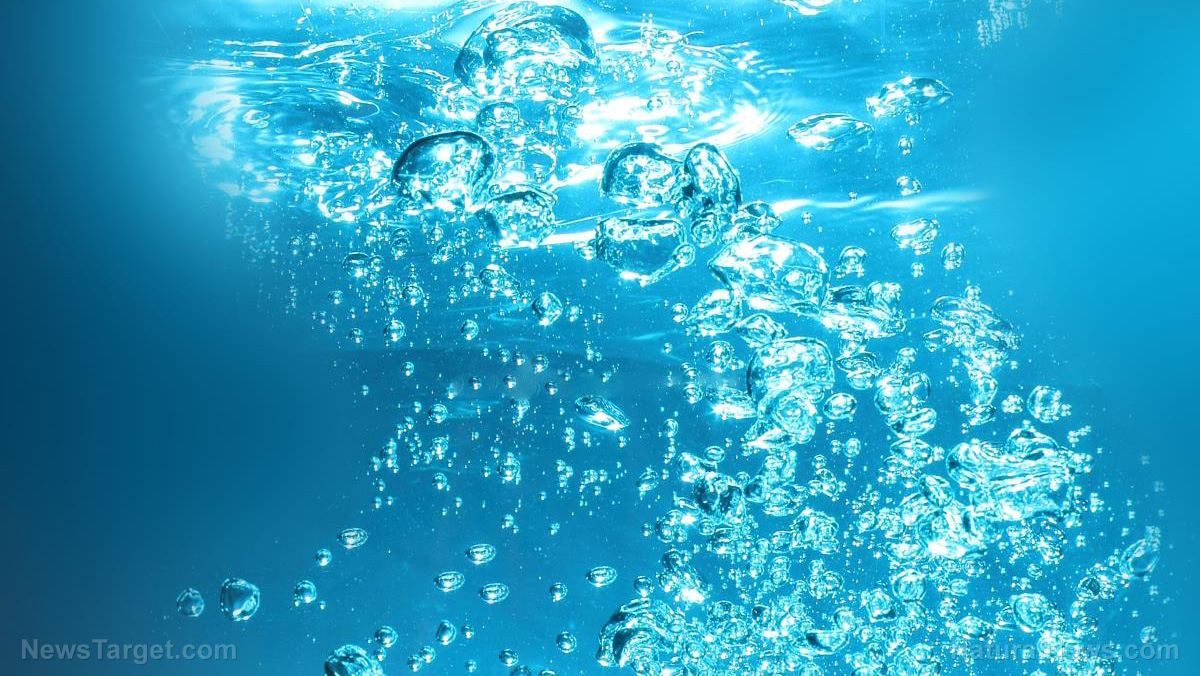New polymer mat able to fish biologically harmful contaminants from water
06/08/2018 / By Edsel Cook

There’s a new water treatment mat that acts like a miniaturized fishing net for water pollutants. Devised by Texan researchers, it can bait, hook, and destroy toxic chemicals in water supplies, according to a ScienceDaily article.
Developed by the Nanotechnology-Enabled Water Treatment (NEWT) Center, the mat uses titanium dioxide to break down pollutants. It can be made as big or small as needed, tailored to deal with specific pollutants, and is reusable.
A number of wastewater treatment systems also use titanium dioxide. But those methods turn the material into a slurry that is mixed with wastewater. Following the process, the slurry must be removed from the treated water.
The NEWT researchers refined and simplified that arduous process. Their polymer mat comprised spun polyvinyl fibers that repel water and attract similar hydrophobic.
The porosity was increased by adding tiny plastic beads, which were later dissolved using chemicals that didn’t affect the mat. The resulting pores provided a sizable surface area for titanium oxide particles to attach themselves to.
The hydrophobic fibers of the mat draw similarly-inclined contaminants in a process called adsorption. When the set-up is exposed to UV (ultraviolet) light, the titanium dioxide in the pores undergo a photocatalytic reaction that releases pollutant-destroying oxidants.
During trials, the mat removed two endocrine-disrupting chemicals from wastewater. It spent far less energy than previous wastewater treatment methods. Furthermore, it is safe enough to use in drinking water without any clean-up afterwards. (Related: Make your laundry cleaner for the environment: Researchers designing ways to treat wastewater from washing machines.)
New photocatalytic mat overcomes limitations of earlier treatment
According to Director Pedro Alvarez of the NEWT Center, photocatalytic water treatment has two major limitations. The first is simple inefficiency; the oxidants often fail to destroy the pollutant because they react to other, more numerous chemicals in the water first.
The second is the cost incurred by filtering and recovering slurry photocatalysts from the treated water. Making sure there is no leakage sometimes uses more energy than the UV lights.
“We solved both limitations by immobilizing the catalyst to make it very easy to reuse and retain. We don’t allow it to leach out of the mat and impact the water,” said Alvarez.
Their trials showed that their mat-based process used far less energy than the slurry method. It was also faster at destroying pollutants. The mat was also much more versatile than slurry. Murky waters will reduce the penetration of the UV light required by photocatalysis, so a slurry-based treatment will fare poorly in such conditions.
But the mat is so portable that it – along with the pollutants trapped in its pores – can be taken out of the wastewater reactor and placed in a different reactor with less murky water.
“You can fish out the contaminants adsorbed by the mat and transfer it to another reactor with clearer water. There, you can destroy the pollutants, clean out the mat and then return it so it can fish for more,” Alvarez explained.
The mat’s hydrophobic or hydrophilic properties could also be tuned to match the properties of target pollutants.
“That way you could treat more water with a smaller reactor that is more selective, and therefore miniaturize these reactors and reduce their carbon footprints. It’s an opportunity not only to reduce energy requirements, but also space requirements for photocatalytic water treatment,” Alvarez pointed out.
Visit Pollution.news to learn more about wastewater treatment methods.
Sources include:
Tagged Under: clean water, photocatalyst, photocatalytic mat, photocatalytic water treatment, polluted water, Titanium Dioxide, toxic water, wastewater treatment, water cleanliness, water contaminants, water pollutants, water purification, water treatment
RECENT NEWS & ARTICLES
COPYRIGHT © 2017 ENVIRON NEWS




















